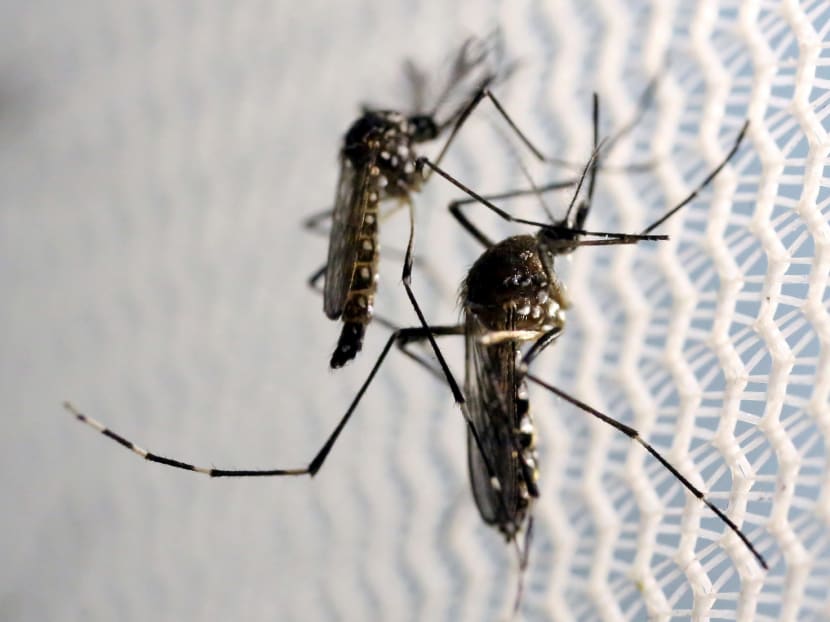‘Lazy mosquitoes’ mean more women than men get chikungunya: Scientists
LONDON — “Lazy mosquitoes” are the reason women, who tend to spend more time at home than men, are more likely to be infected by chikungunya, a painful mosquito-borne viral disease that spreads the same way as Zika, said researchers on Monday.

Aedes aegypti mosquitoes. Reuters file photo
LONDON — “Lazy mosquitoes” are the reason women, who tend to spend more time at home than men, are more likely to be infected by chikungunya, a painful mosquito-borne viral disease that spreads the same way as Zika, said researchers on Monday.
Chikungunya, which is commonly transmitted by the daytime-biting aedes aegypti mosquito, can cause debilitating symptoms including fever, headache and severe joint pain lasting months.
A new study, published in the Proceedings of the National Academy of Sciences, analysed a 2012 outbreak of chikungunya in the Bangladeshi village of Palpara, about 100km from the capital, Dhaka. The study said that more than a quarter of cases were spread within the same household, while half of infections occurred in households less than 200m away, creating small clusters of the disease.
As infected mosquitoes did not like to travel far, Bangladeshi women, who spend two-thirds of the day at home, were 1.5 times more likely to develop chikungunya than men who spend less than half their time at home during the day.
“It appears that mosquitoes are very lazy,” said Dr Henrik Salje, the research leader from Johns Hopkins University Bloomberg School of Public Health. “They bite someone in a household and get infected with a virus and then hang around to bite someone else in the same home or very nearby. The extra time women spend in and around their home means they are at increased risk of getting sick.”
The study said that while there was no vaccine and little treatment available for diseases such as chikungunya, Zika, dengue and yellow fever, which are all transmitted by the aedes aegypti, knowing where outbreaks were likely to be clustered could help in slowing them.
“We don’t yet have a very good toolbox for fighting these diseases,” said Dr Salje. “But, once we do, this research tells us how we could trigger a response and tailor our interventions — particularly in rural communities — to those at the greatest risk, and those people are the ones who spend the most time in and around their homes.” THOMSON REUTERS FOUNDATION





